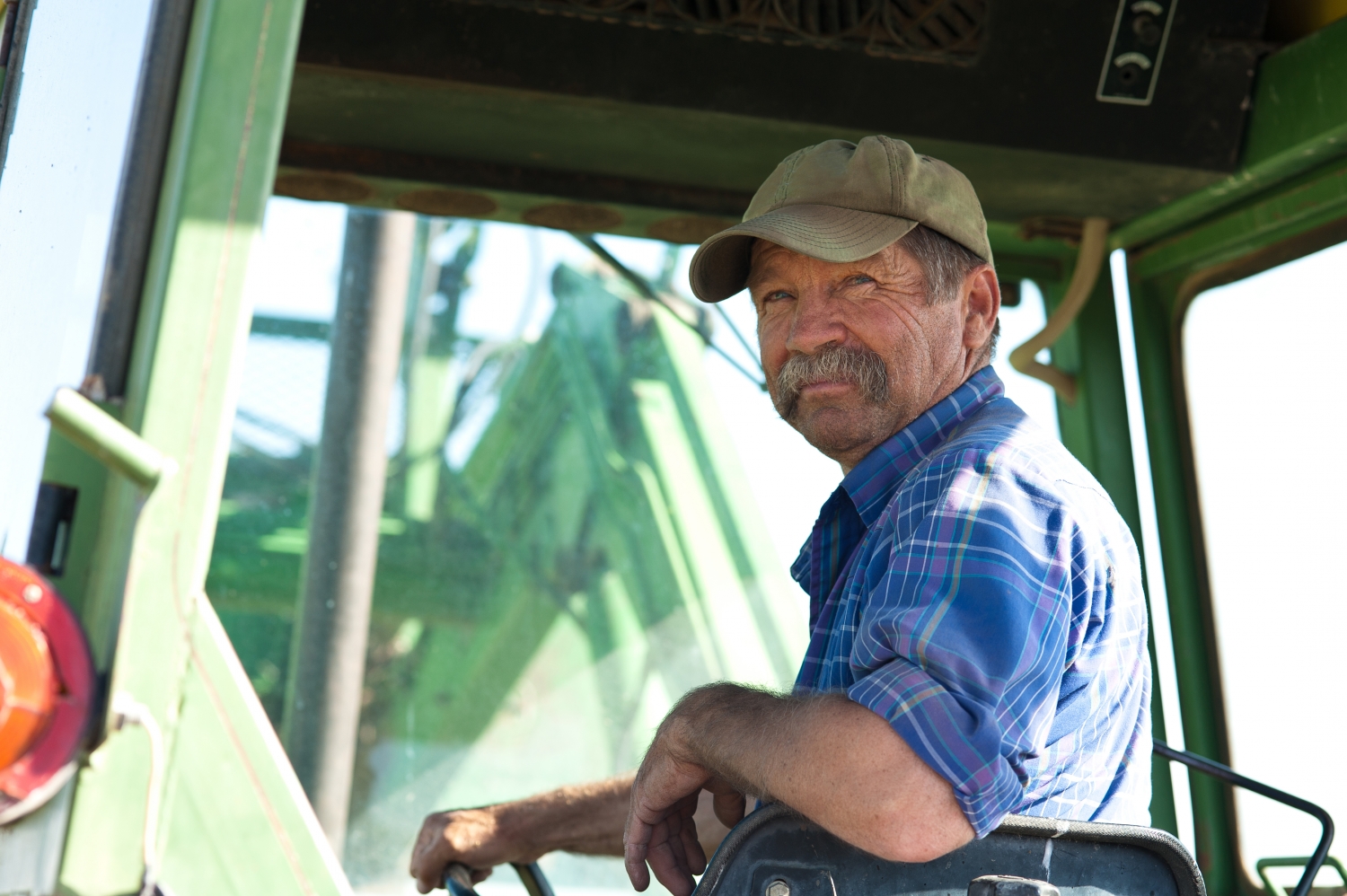
My father has recently taken to saying “75 is the new 65”, which is his way of trying to convince my mother he can still do things he did when he was 65. My mother rolls her eyes, mutters “Yeah, sure” and proceeds to gather up a heating pad and the ibuprofen.When it comes to farmland owners across the Midwest, my father is not alone in this statement. The results of a recent ISU working paper confirms that farmland owners in Iowa are aging. Although the paper was limited to Iowa farmland owners, I have no doubt the trend extends through the rest of the region. A summary of the working paper can be found here, while the full “Iowa Farmland Owners and Tenure Survey 1982-2017 can be found online at www.card.iastate.edu.
While all the results are interesting and telling of the evolving ag landscape, I chose a few which carry legal implications that are important for any farming operation.
- 60% of Iowa farmland is owned people 65 or older with 35% owned by people 75 or older;
- 53% of farmland is leased, with a majority on a cash rent basis;
- 20% of land is held in trust while 10% is held by corporations, representing a shift away from sole or joint tenancy ownership;
- Over 50% of the land is owned by somebody that does not currently farm; and
- 82% of Iowa farmland is owned debt free.
From a legal standpoint, these five findings give insight in the future needs of farmland owners and operators. The fact that 60% of farmland is owned by people 65 or older means a lot of farmland may be passed down in the next 25 years. While succession and estate planning is always important, such planning becomes imperative as owners age. Considering 50% of the land is owned by owners who do not farm, succession planning is also important to operators renting land.
Owners looking to move ownership into trusts or corporate entities need to make sure such entities are properly constructed. Operators are going to have to get used to working with and and renting land from such entities. Leases with trusts and corporate entities tend to be more complicated and onerous and may include terms which handcuff the operator from effectively farming the land. Negotiating proper and comprehensive lease terms will be increasingly important as working relationships become more formalized.
The fact that 82% of farmland is owned debt free compounds the issues above. Debt free owners are more likely to hold on to the property and pass it to the next generation which are unlikely to be active farmers. Furthermore, debt free ownership may keep the land market fairly tight, and leave few opportunities for farmers to obtain land other than through rental agreements.
Some year in the future, the ISU report will confirm the average age of landowners will drop. Those who are prepared for that change will be in the best position to take advantage of the ever evolving ag landscape. I fully expect in ten years, my father will be saying “85 is the new 75”, and my mother will again roll her eyes, mutter “sure”, and pull the heating pad and ibuprofren out of the cupboard. My mother’s reaction demonstrates it is perfectly fine to keep trying to do what you have always done, as long as you are prepared for when you can’t.


Leave A Comment